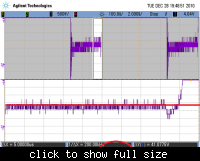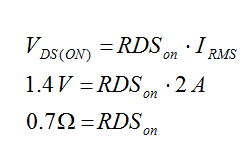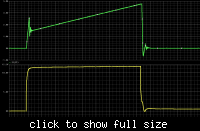electronZ
Member level 2
Dear all
Here is the schematic
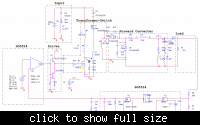
The formulars am using:
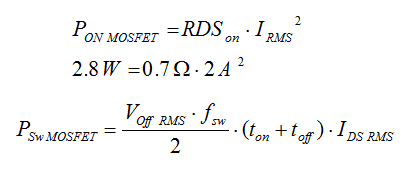
1. Is it right to use Vrms and Irms?
2.The rise and fall time values, extracted from simulations, are around 5 times bigger than datasheets (IRF630). See simulation ss
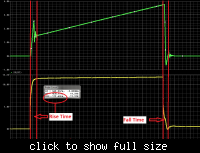
In the simulations you see Ids on top and Vgate in the bottom.
This gives me Psw around 0.9 W!
That gives me total power dissipation of 3.7W ?! -a lot isnt?
Can this be correct?
Thanks
Here is the schematic

The formulars am using:

1. Is it right to use Vrms and Irms?
2.The rise and fall time values, extracted from simulations, are around 5 times bigger than datasheets (IRF630). See simulation ss

In the simulations you see Ids on top and Vgate in the bottom.
This gives me Psw around 0.9 W!
That gives me total power dissipation of 3.7W ?! -a lot isnt?
Can this be correct?
Thanks
